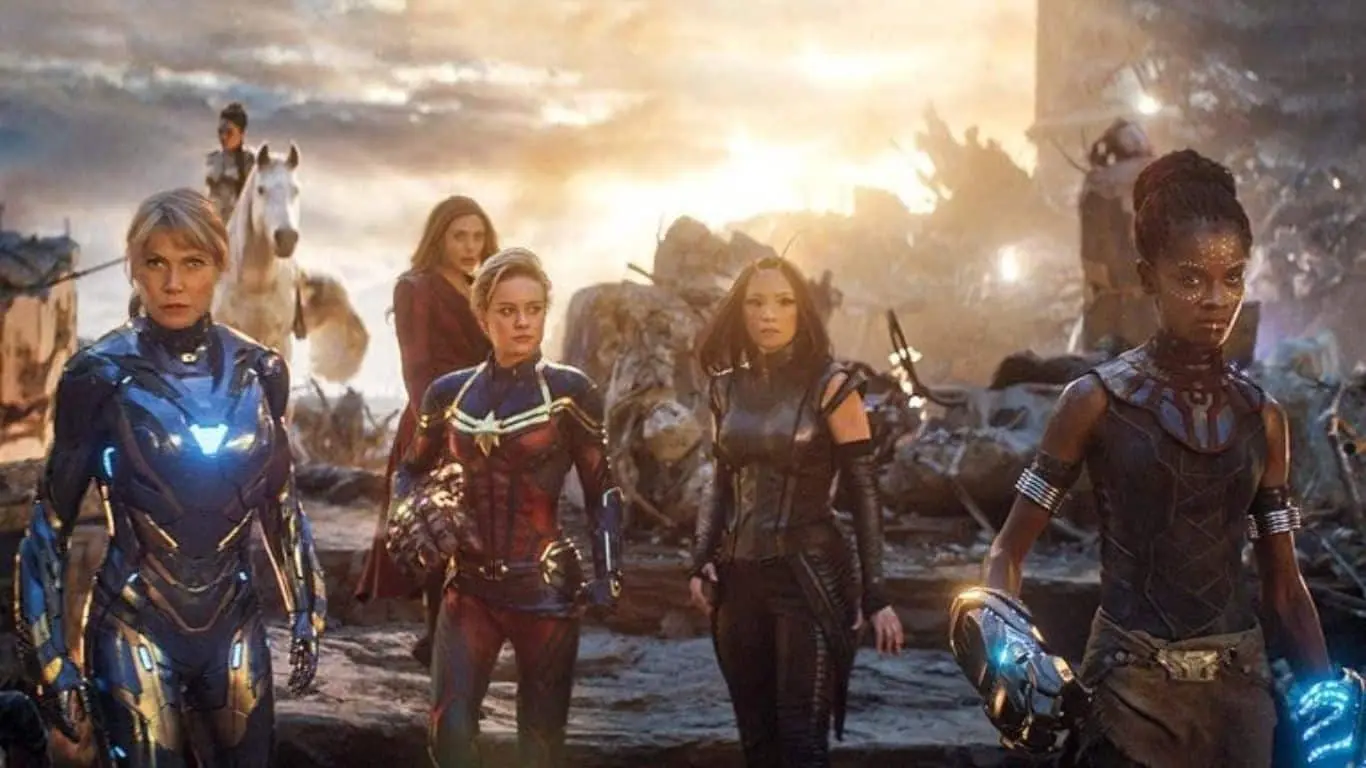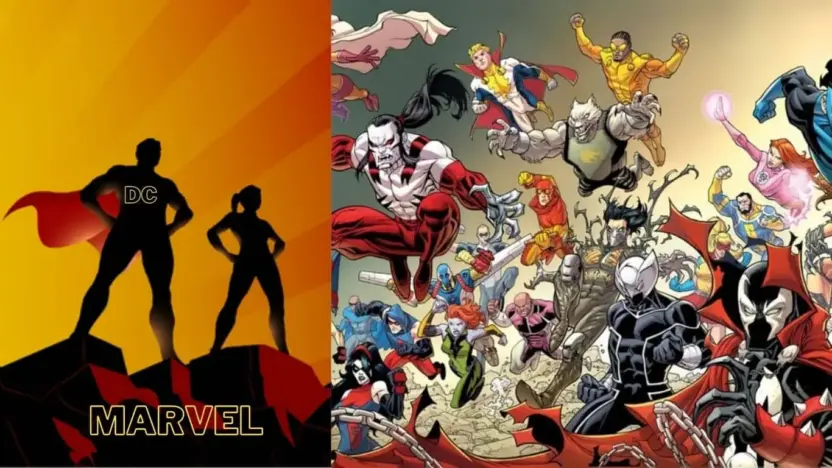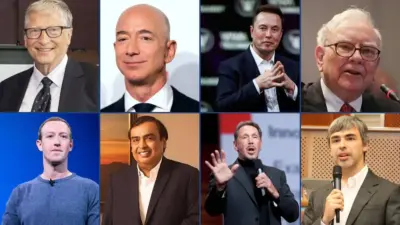The superhero genre has taken the entertainment industry by storm, dominating both the big screen and small screen. From iconic characters like Superman and Batman to the Avengers and Justice League, superheroes have become a global phenomenon, captivating audiences of all ages. However, despite the popularity and widespread appeal of superheroes, the market is primarily dominated by a few major players. This article explores the reasons behind the limited number of major players in the superhero market and examines the factors contributing to their dominance.
Why Is The Superhero Market Dominated by Only A Few Major Players?
Established Brands and Characters
One of the key reasons for the domination of a few major players in the superhero market is the presence of established brands and characters. Companies like Marvel and DC Comics have been in the industry for decades, creating iconic superheroes that have become household names. These established brands have a vast library of characters with rich backstories and a dedicated fan base, which gives them a significant advantage over new entrants. The familiarity and loyalty towards these characters make it difficult for other players to compete on the same level.
Marvel, for instance, introduced Iron Man, Captain America, Thor, and many other memorable characters through their comic books. These characters have not only appeared in numerous comics but also in successful movie franchises. Similarly, DC Comics brought Superman, Batman, Wonder Woman, and the Justice League to life. These characters have captured the imaginations of audiences worldwide for generations.

Financial Resources
The superhero market requires substantial financial resources to develop high-quality content and engage in extensive marketing campaigns. Major players like Marvel and DC Comics have access to significant financial backing, enabling them to produce big-budget films, television series, and merchandise. They can afford top-tier talent, cutting-edge special effects, and widespread promotional activities that help create a strong presence in the market. Smaller companies or new entrants often struggle to match the financial resources of these major players, limiting their ability to compete on a larger scale.
The financial backing of major players allows them to take creative risks, invest in advanced technologies, and produce content with high production values. For example, Marvel Studios, owned by The Walt Disney Company, has consistently produced blockbuster films that have shattered box office records. The financial success of these movies has allowed Marvel to expand its reach and dominate the superhero market even further.
Intellectual Property Rights
Intellectual property rights play a crucial role in the superhero market. Major players like Marvel and DC Comics own the rights to some of the most iconic and beloved superheroes. These intellectual properties serve as valuable assets, allowing the companies to control and exploit their characters across various mediums. The ownership of popular superheroes gives major players a significant advantage in terms of creating multi-platform experiences, including films, television shows, merchandise, and video games. This control over intellectual properties makes it challenging for new players to establish a foothold in the market.
Marvel’s acquisition by Disney further solidified its dominance. The acquisition not only provided Disney with popular superhero characters but also allowed Marvel to leverage Disney’s extensive distribution network and marketing prowess. This integration of resources and intellectual property rights has given major players an unparalleled advantage over their competitors.

Brand Loyalty and Fanbase
Superheroes have amassed dedicated fan bases over the years, and this brand loyalty plays a significant role in the market domination of major players. Fans have developed strong emotional connections with characters like Iron Man, Spider-Man, and Wonder Woman, and they actively seek out content related to these superheroes. Major players leverage this fan loyalty by consistently delivering high-quality content that meets fan expectations. This established fanbase gives major players a significant advantage in terms of generating buzz, driving box office success, and ensuring long-term profitability.
The loyalty of fans extends beyond the screen. They eagerly purchase merchandise, attend comic conventions, and engage in online communities dedicated to their favorite superheroes. This active and passionate fanbase provides major players with a built-in audience and a reliable customer base, making it difficult for smaller companies to gain traction in the market.
Synergy and Cross-Media Integration
Major players in the superhero market have mastered the art of cross-media integration. They create a synergy between films, television shows, comic books, and merchandise, providing fans with a comprehensive and immersive experience. For example, Marvel Studios has seamlessly connected its cinematic universe with television series and comics, creating a shared universe that rewards fans’ investment across multiple platforms. This synergy and cross-media integration create a strong sense of interconnectivity and encourage fans to explore various forms of superhero content. Smaller players often struggle to replicate this level of integration, limiting their ability to compete effectively.
The interconnectedness of various superhero properties creates a sense of anticipation and excitement among fans. When a new movie is released, it often ties into the larger narrative and mythology of the superhero universe, further engaging fans and encouraging them to follow the entire franchise. This interconnectivity gives major players a competitive edge and keeps fans invested in their content.
Licensing and Distribution Deals
Another significant factor contributing to the dominance of major players is their ability to secure lucrative licensing and distribution deals. Marvel and DC Comics have established partnerships with major studios and distributors, allowing them to reach a global audience with ease. These deals provide access to wide theatrical releases, prominent marketing campaigns, and global distribution networks. Smaller players often find it challenging to secure similar deals due to the competitive nature of the market, limiting their reach and growth potential.
The extensive distribution networks of major players enable them to release their content on a global scale simultaneously. This simultaneous release strategy maximizes exposure and revenue potential. It also allows major players to negotiate advantageous terms with theater chains and secure prominent placements for their films.
Conclusion

The superhero market’s domination by a few major players can be attributed to a combination of factors, including the presence of established brands and characters, financial resources, intellectual property rights, brand loyalty and fanbase, synergy and cross-media integration, as well as licensing and distribution deals. While these factors present challenges for new entrants, they also highlight the importance of innovation and differentiation in the superhero genre. As the market continues to evolve, there is room for new players to emerge and make their mark, provided they can bring fresh perspectives and compelling storytelling to captivate audiences worldwide.
Also Read: Top 10 Giants of the Comic Universe



